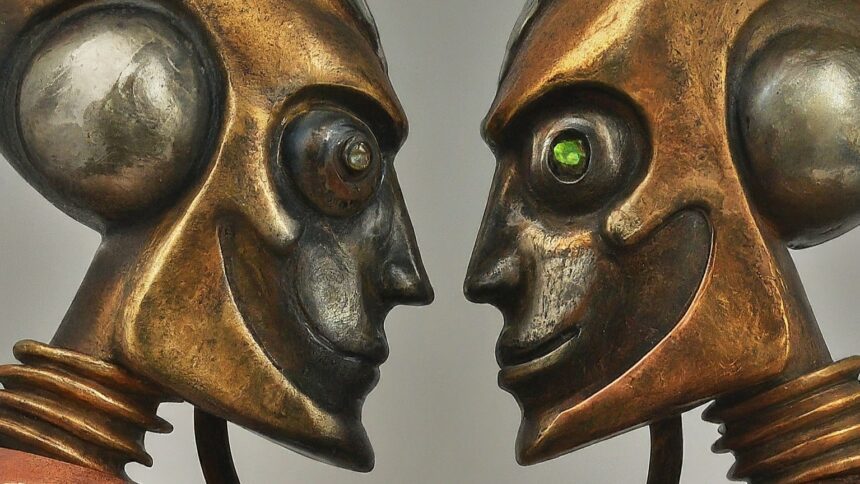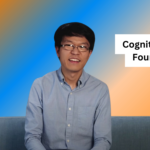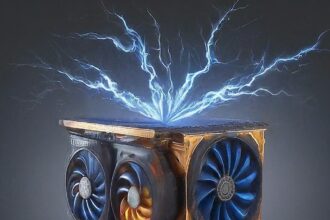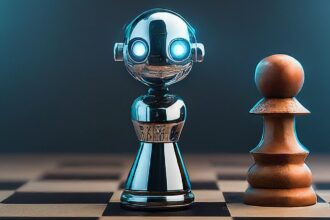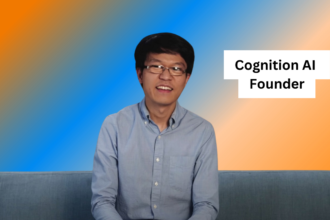The world of artificial intelligence (AI) is ablaze with innovation. Two titans of language modeling have recently captured the spotlight: Anthropic’s Claude 3 Sonnet and OpenAI’s GPT-4. These cutting-edge models boast remarkable abilities, raising the bar for AI-powered text generation. But which one stands out in the crucial areas that matter to users? This in-depth analysis delves into Claude 3 Sonnet vs. GPT-4, exploring their strengths, weaknesses, and potential impact on the future of AI.
What are Claude 3 Sonnet and GPT-4?
Let’s start by understanding the basics of these language models:
- Claude 3 Sonnet: Developed by Anthropic, Claude 3 Sonnet is a large language model (LLM) built upon the foundation of the initial Claude model. It’s designed with a focus on factual language generation, safety, and assisting users with a wide range of tasks.
- GPT-4: The latest iteration in OpenAI’s groundbreaking GPT series, GPT-4 is a multimodal language model, meaning it can process both text and images. While its full capabilities are unveiled, early demos showcased its impressive reasoning and problem-solving skills.
Key Areas of Comparison: Claude 3 Sonnet vs. GPT-4
Let’s break down how these models stack up against each other in essential categories:
- Factual Accuracy and Reliability:
- Claude 3 Sonnet: Anthropic places heavy emphasis on generating factual content. Claude 3 Sonnet demonstrates proficiency in citing sources and avoiding potentially harmful misinformation.
- GPT-4: While GPT-4 exhibits strong reasoning skills, it can sometimes fall into the trap of “hallucinating” false information that sounds plausible. Efforts are ongoing to enhance its reliability.
- Task Completion and Following Instructions
- Claude 3 Sonnet: Excels in following instructions meticulously. It can break down complex tasks into manageable steps, making it a valuable tool for users.
- GPT-4: Demonstrates impressive problem-solving skills and can creatively interpret instructions. However, precision and step-by-step execution may not be its strongest suit.
- Creativity and Originality
- Claude 3 Sonnet: While capable of generating creative text formats, its focus leans more towards providing helpful and informative output.
- GPT-4: Shines in creative tasks. It stands out in generating different writing styles, poems, code, and even scripts.
- Multilingual Abilities
- Claude 3 Sonnet: Has advanced multilingual capabilities compared to its predecessors. Anthropic is actively working to ensure inclusivity across languages.
- GPT-4: Also well-versed in multiple languages and able to translate between them effectively.
- Safety, Bias, and Fairness
- Claude 3 Sonnet: A core principle in Anthropic’s approach is creating AI that’s reliable and harmless. Claude 3 Sonnet takes proactive steps to minimize bias and avoid generating offensive or harmful content.
- GPT-4: OpenAI is dedicated to mitigating biases and creating responsible AI. However, the challenge of eliminating biases completely remains, especially in a model as vast as GPT-4.
Claude 3 Sonnet vs. GPT-4: Use Cases
Where might each model excel in practical applications?
- Claude 3 Sonnet:
- Content creation requiring accuracy and factual sources (news summaries, research reports)
- Customer service and support chatbots (providing reliable information and instructions)
- Educational tools (explanations tailored to different educational levels)
- GPT-4
- Creative writing projects (poetry, scripts, marketing copy)
- Highly personalized virtual assistants (adapting to a user’s unique style and preferences)
- Gaming and immersive storytelling (generating dynamic narratives)
